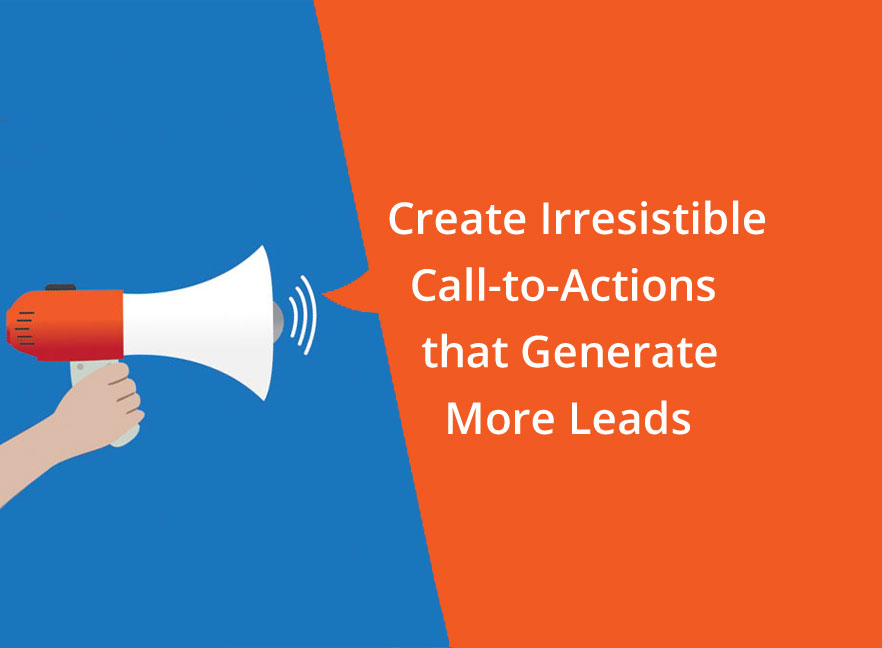
For the past month, Americans have been facing a very serious pandemic called the Cornoavirus. People started hoarding food, toilet paper and cleaning supplies leaving grocery store shelves completely empty. Restaurants and other non-essential businesses have been closed down and anyone who can work from home had to to keep their jobs. But all of this will get better. How do we know? Just look at China. It went from having thousands of new cases everyday to now to just a few. So how can your business pull through and come out ahead later this year when all of this is over?

A logo is a symbol or graphic mark which represents your products or services and the company’s vision, often in a metaphorical way. A professionally designed logo is an easy way to convey to potential customers that your business is professional, trustworthy, and provides quality goods or services. A great logo is simple, scalable, memorable, versatile, relevant and most importantly, custom, which is why those free logo makers and crowdsourcing websites like Fiverr are simply not cutting it.

According to Campaign Monitor, email marketing returns $44 for every $1 spent which is an astonishing 4400% return on investment, making it one of the most effective types of marketing and advertising. Email marketing keeps your company top-of-mind with your prospects and customers. For every email newsletter we send out, we receive a few requests for web design or development work so we definitely practice what we preach!

I don’t want to sound like a politician but the short answer is that “it depends.” You can use a website builder or customize a premade theme and purchase web hosting yourself for as little as $200 if you have want to take the time to learn how to do it. You can also hire a creative agency and pay $20,000 or more just for web design and development for that same website.

Herding website visitors is like herding sheep. They never do what you want them to do. They abandon their shopping carts, they don’t read your blog post entirely or they leave if your homepage fails to impress them in the first 2-3 seconds. Just like you need a Border Collie or Aussie Shepherd to herd sheep, you need a call-to-action to effectively herd your website visitors.

A website conversion is when a visitor does something you want like subscribe to your newsletter, complete a lead generation form or buy a product. The percentage of total visitors that convert is called your conversion rate. You can spend thousands on SEO and Adwords but if your website doesn’t convert, who cares? A site with millions of visitors and a sucky conversion rate won’t pay your mortgage or fund your kids’ college educations.






